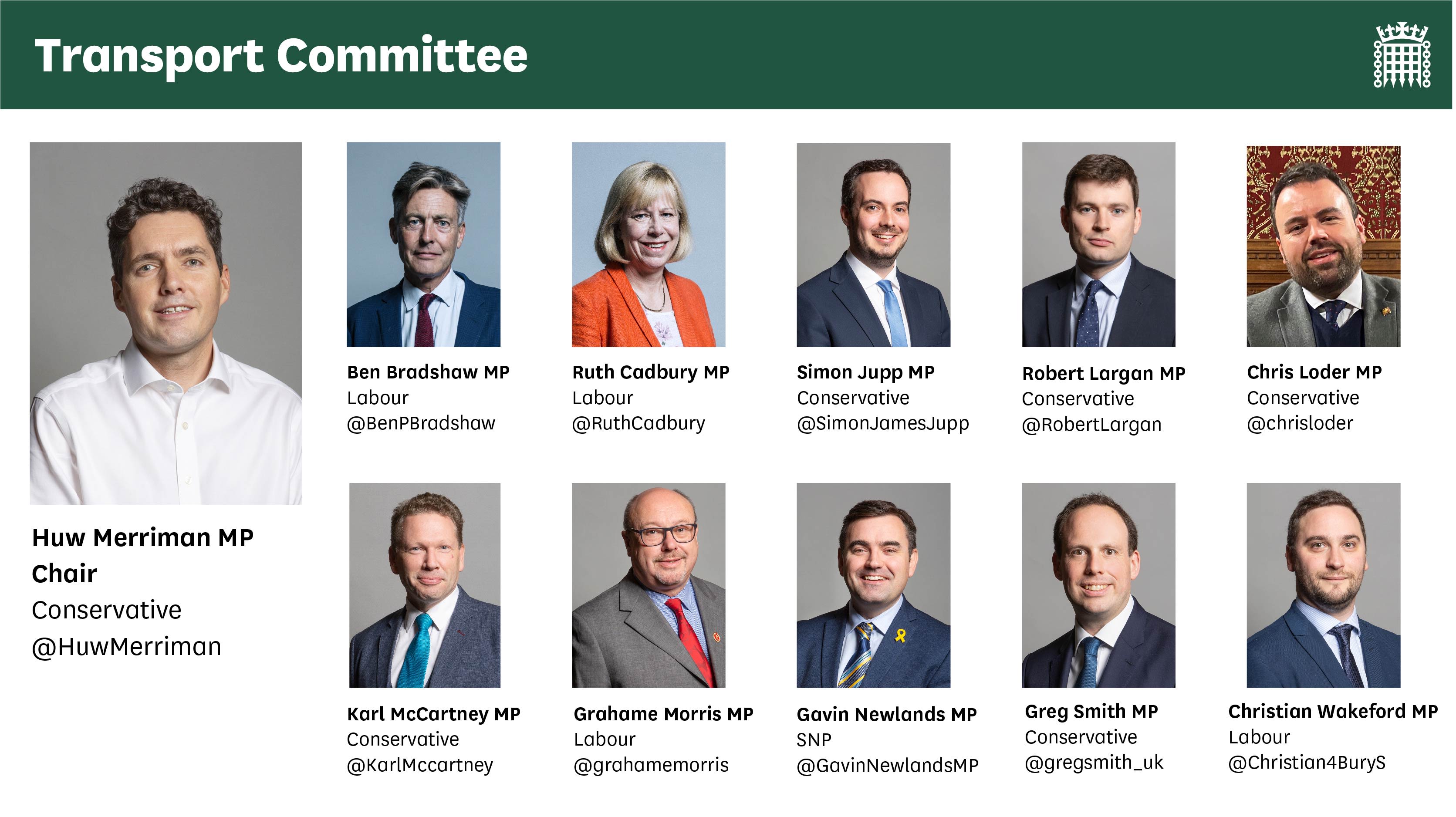Towards a robust and resilient road freight supply chain
The logistics sector needs an overhaul- here's how
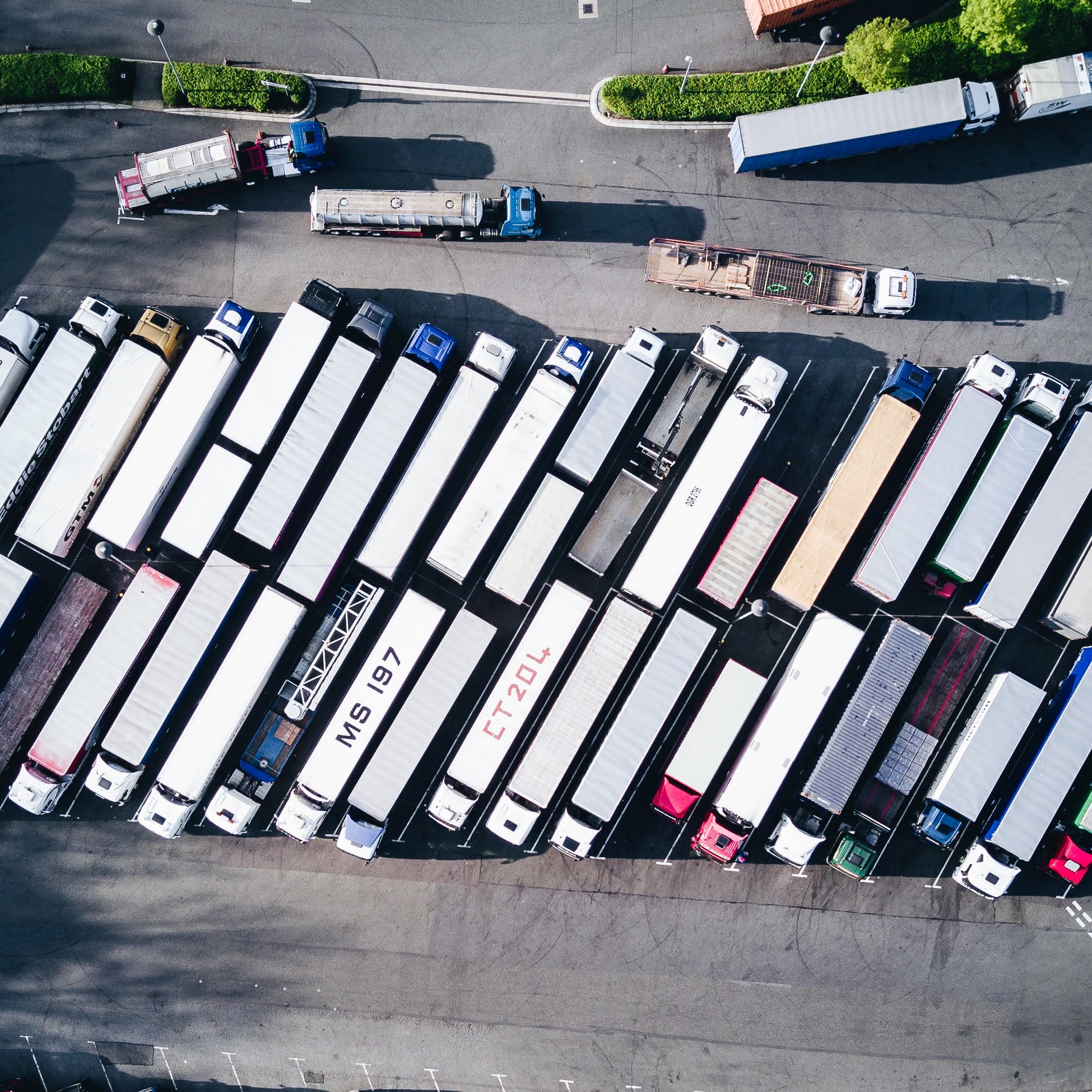
The UK has a fragmented supply chain
In the months since the most severe covid-19 restrictions were lifted, the logistics sector has been unable to fully supply essential goods to the UK’s supermarkets and fuel to petrol stations.
The UK economy depends on road haulage to move materials and goods around the country and to facilitate imports and exports. In 2019, the road freight sector contributed £13.6 billion to the UK economy with 58,817 enterprises employing 289,000 people.
Our report, and the recommendations, seeks to overhaul the logistics sector and ensure that the supply chain and its workforce is more robust and resilient.
How can the UK create a more robust and resilient road freight supply chain?
Four key concerns in the road freight sector
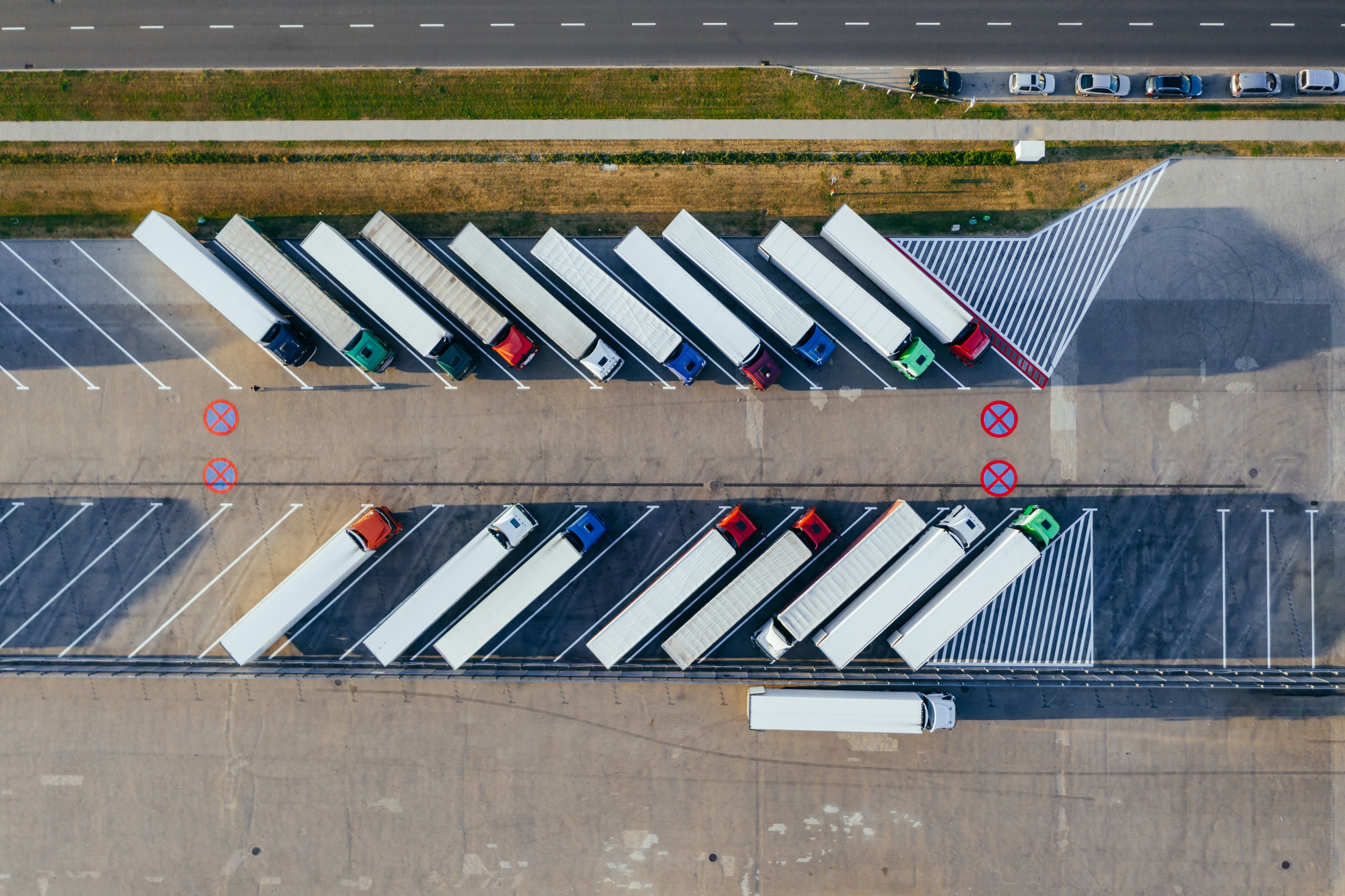
1. Driver shortages and recruitment
Lack of heavy goods vehicle (HGV) drivers is a longstanding concern for the road freight sector. The pandemic then exacerbated this shortage.
"Over the past two years [the shortage] has deteriorated from chronic to acute".
The Government said it had taken 33 actions to deal with the shortage of HGV drivers in the UK in areas such as:
- changes to testing and licencing for drivers
- temporarily relaxing regulations on drivers' hours and the rules on cabotage for foreign HGV operators
- a review of driver's certifications
- addressing the backlog at agencies like the DVLA and DVSA
- appointing a temporary supply chain advisor.
Recruitment into sector includes apprenticeships and new 'skills boot camps' for drivers. There was praise for these new boot camps, as they offered a route to those who couldn't commit to a full apprenticeship, but there is as yet no guarantee the scheme will continue into 2023.
There was 'debate about the usefulness of the apprenticeships system.' Some witnesses suggested more routes should be available and more schemes should be flexible so that entry to the sector is more accessible.
2. HGV Driver retention is low
Pay conditions and inadequate driver facilities, such as poor-quality rest stops and lack of overnight parking capacity, were cited as major causes of low driver retention in the sector.
"The issue is a lot more about retaining the drivers we train rather than trying to keep topping up the bucket when we have a big hole in the bottom"
Driving a HGV is physically demanding and involves lengthy, anti-social hours. Therefore, good rest facilities are a key factor in driver retention.
However, we heard that the process of building a new motorway service area can take a decade, with the planning process being a key source of delay. Local authorities and residents often oppose new driver facilities, which makes it difficult for new facilities to get planning permission, even in areas which badly need new facilities.
The Government must build on its commitment in the 2022 Queen’s Speech to reform the rules around site planning to ensure that more driver facilities can be delivered.
3. A lack of resilience across the whole supply chain
The road haulage sector is fragmented, with a few large and many small operators.
Some links in the supply chain industry, such as sales and production, enjoy high margins. Other links, including transporters of goods, operate to narrow margins and cannot withstand shocks to the labour market or spikes in cost. If any one part of the supply chain is impacted, the entire chain can be affected.
There are a small number of powerful organisations currently making large profits. As a result, hauliers and ferry operators cannot afford to increase the pay and welfare standards of their employees.
Introducing a Supply Chain Levy on the parts of the supply chain with the biggest margins could help with creating more funds that can be used to train drivers and improve recruitment and standards in the industry.
4. Freight infrastructure needs updating
Most freight is moved from one end of the country to the other by vehicles on our roads. However, this current model is illogical.
Moving to a multi-modal model could help with net zero commitments and improve the efficiency and resilience of the freight and logistics sector. It will also improve the lives of HGV drivers who would spend fewer nights away from home. This must happen alongside steps to decarbonise road freight itself.
The introduction of the EU's new Entry/Exit system later in 2022 also threatens to cause further confusion, disruption, and delay at the UK's border, particularly at the Port of Dover.
Managing this disruption will be the responsibility of the Department for Transport. It is crucial the Government gets a grip of this issue and engages urgently not just with the European Commission but with its counterparts in France and Ireland, whose trade could also be disrupted if a solution cannot be found.
Discussions with drivers
Our visit to the Port of Dover and motorway service areas
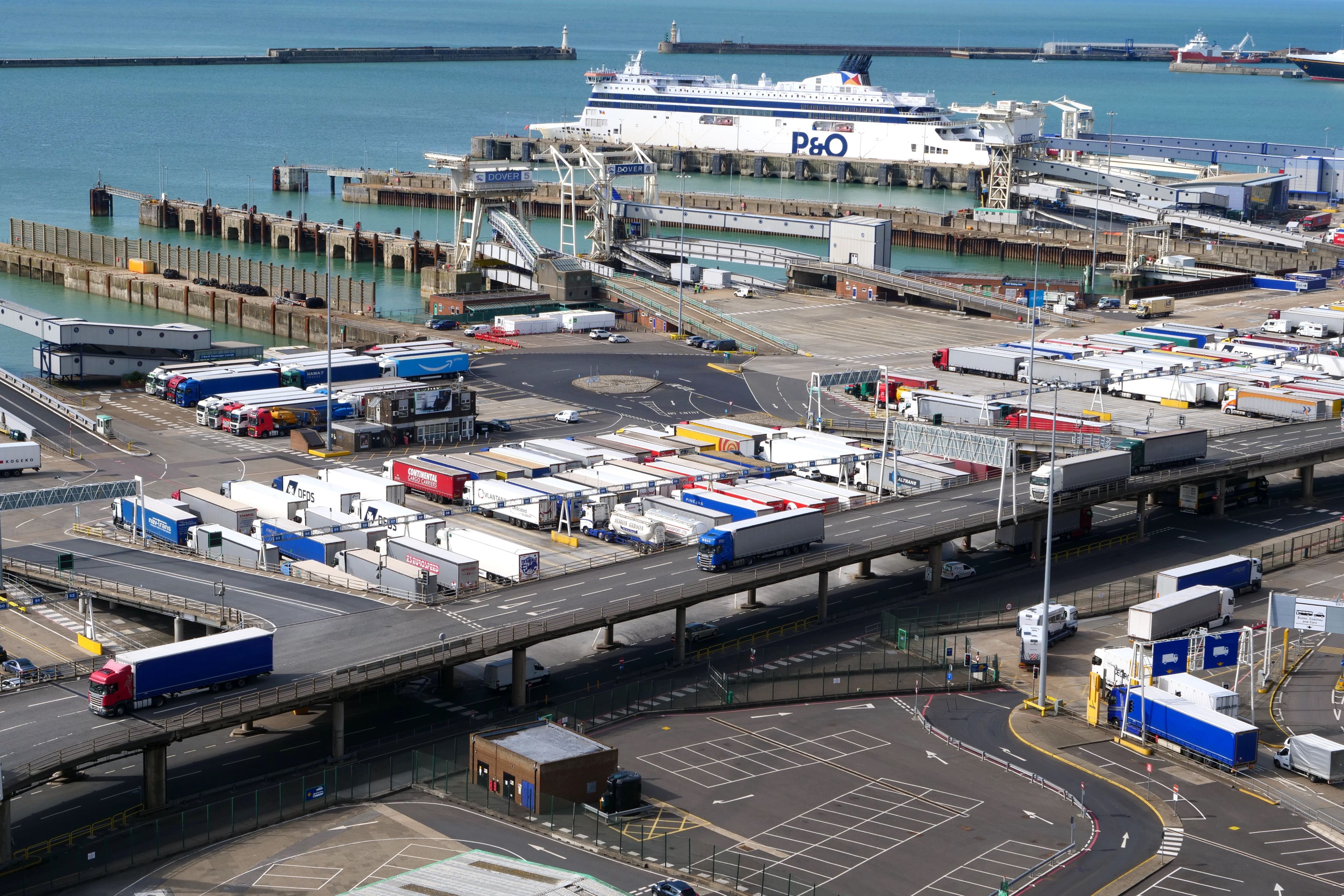
As part of our inquiry, we visited the Port of Dover and two Moto Hospitality motorway service areas (MSAs) in Medway and Thurrock.
We wanted to hear from HGV drivers about the challenges they face in their work and possible changes that would improve their working conditions and encourage new drivers to enter the industry.
We are grateful to everyone who spoke to us. Here is some of what we heard.
Driver facilities are poor
"I would rather stay dirty than use the showers here.”
A female driver told us that in some service stations there are no separate facilities for women, meaning that she must use the men’s facilities.
“I have to walk past rows of urinals, which men are using, in order to reach a cubicle. And then the cubicle is filthy.”
Capacity for parking needs to increase
For 52% of drivers that we spoke to, the change that they would most like to improve working conditions for drivers is increased parking spaces at service stations.
“You’re not able to get a parking space right up until Derby. You’re forced to park in a layby or face a parking fine.”
Another told us that on one occasion they were unable to find spaces in two service stations, and because they had reached their maximum driving hours, they were forced to park in a layby. They received a £375 fine and were forced to pay that out of their own pocket.
Pay and conditions in the sector
48% of drivers said that pay had either slightly improved or considerably improved over the last 12 months.
One driver told us that he had seen pay rise significantly but felt that such rises were only temporary and that they would decrease once the “media hype around driver shortages was over”.
Some drivers compared the pay that drivers in the UK receive to their international counterparts.
“In Switzerland the minimum payment for drivers is £17 an hour… I earn 44k a year but if I came from another country, I could earn at least 55k.”
Drivers are “overworked and underpaid.”
Insurance costs for HGV drivers are an issue
We spoke to a person who trained HGV drivers, and he said that companies- particularly smaller companies- are often unable to take on newly qualified HGV drivers due to the high insurance costs. He told us that it can cost between £120,000 and £150,000 a year to insure a newly qualified HGV driver who is under the age of 25.
This has a real impact on getting drivers into the industry.
“Insurance firms don’t want to insure a lorry driver who six months ago was only able to drive a Fiat 500.”
Three key recommendations
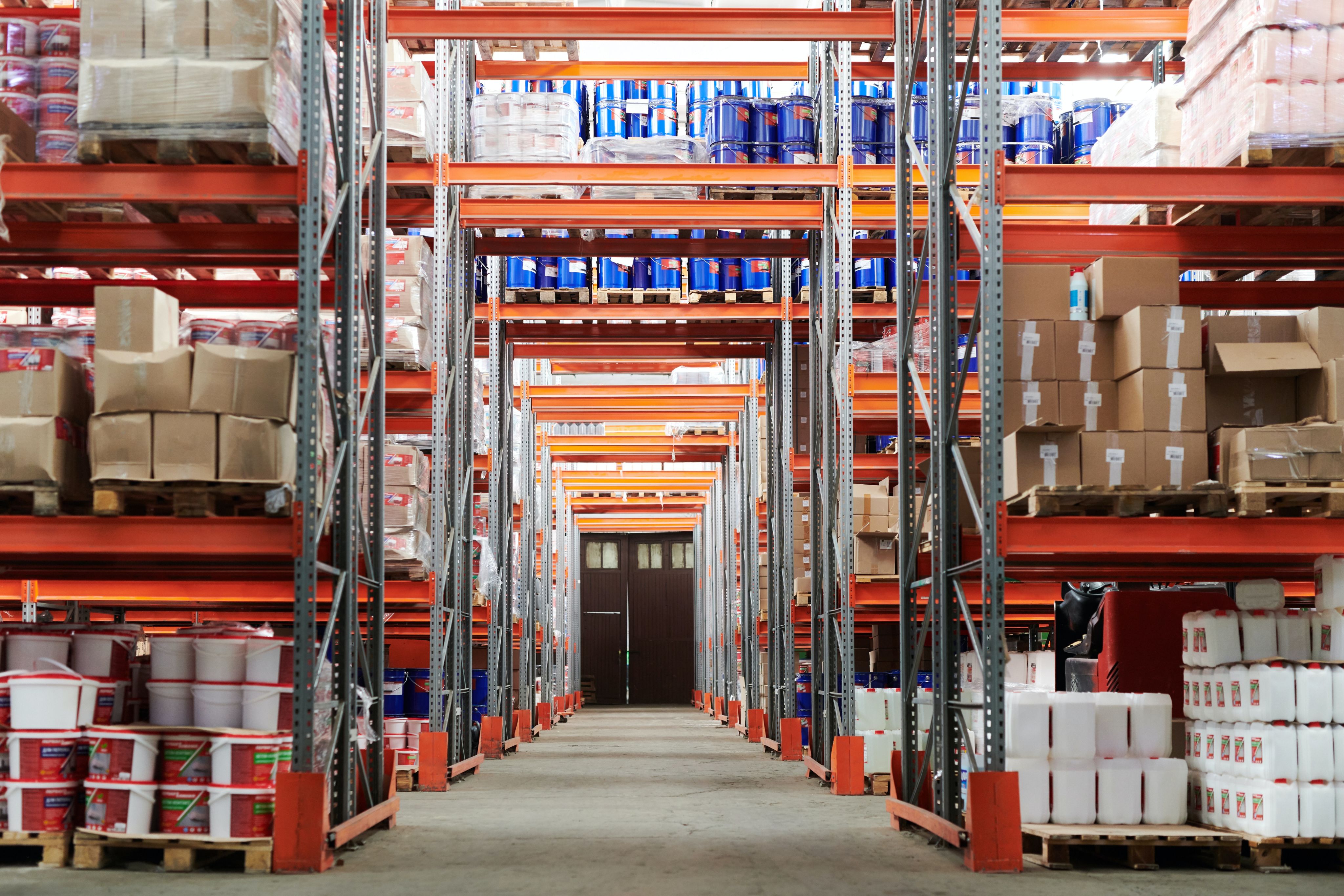
The logistics sector needs to put its house in order. The Government must force the pace and end years of industry inertia. Here are some of our key recommendations.
1. Reform of planning rules
The Government should reform planning rules to ensure more lorry parking facilities are built and set new minimum standards for these facilities.
2. Treatment of HGV drivers
The Government, with the sector, should set minimum standards for employers' treatment of HGV drivers.
3. A supply chain levy
The Government should examine introducing a levy on large retailers who are making big profits in order to invest in training and facilities for the logistics sector as a whole.
What happens now?
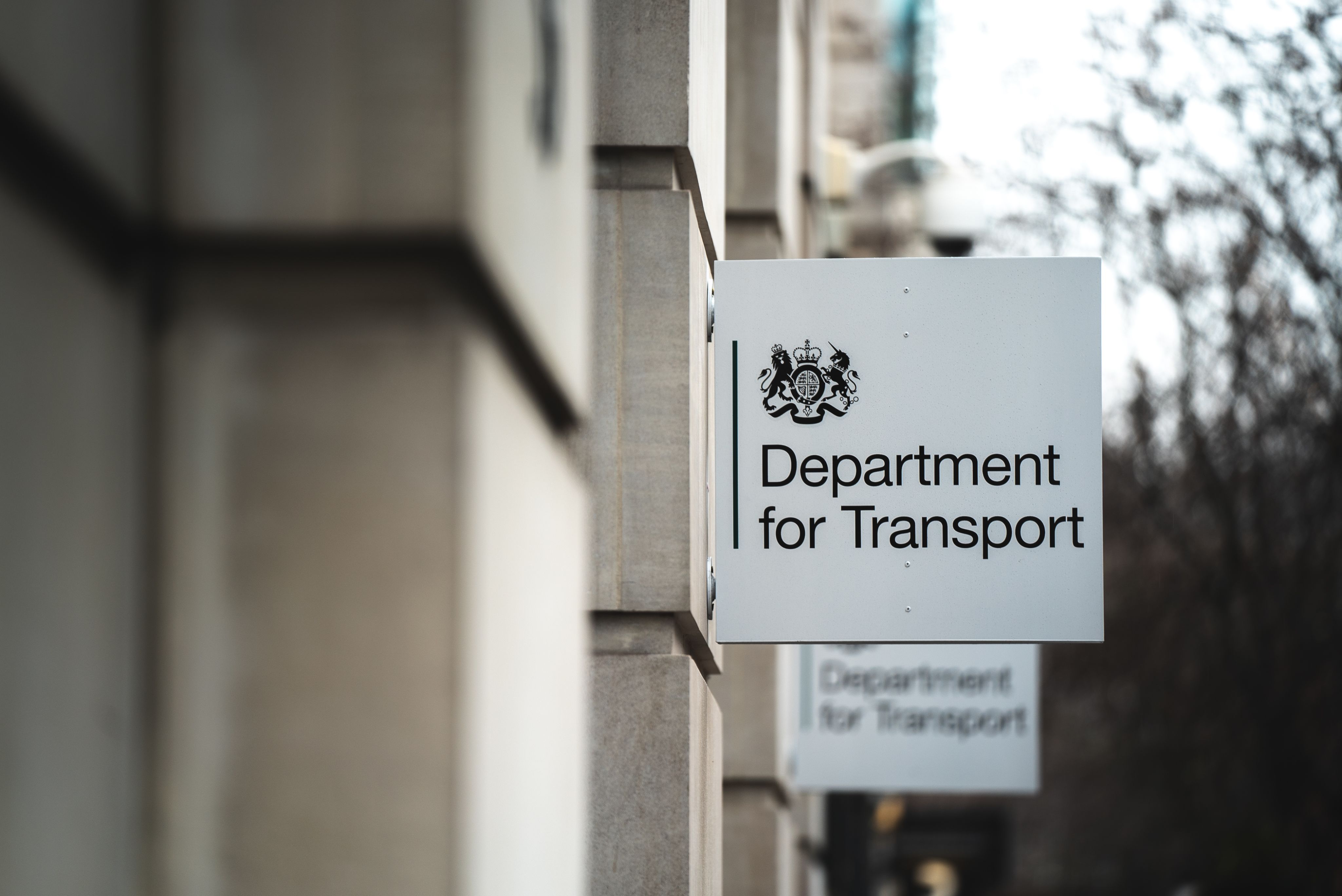
We have made these recommendations to the Government
We published our report on 1 June 2022.
Detailed information from our inquiry can be found on our website.
If you’re interested in our work, you can find out more on the House of Commons Transport Committee website. You can also follow our work on Twitter.
The Transport Committee is nominated by the House of Commons to scrutinise the work of the Department for Transport.

Cover image credit: Nigel Tadyanehondo via Unsplash

